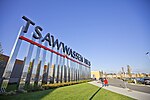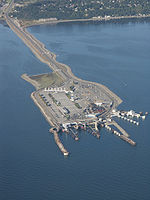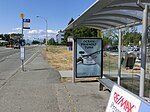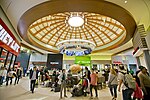Salish Sea
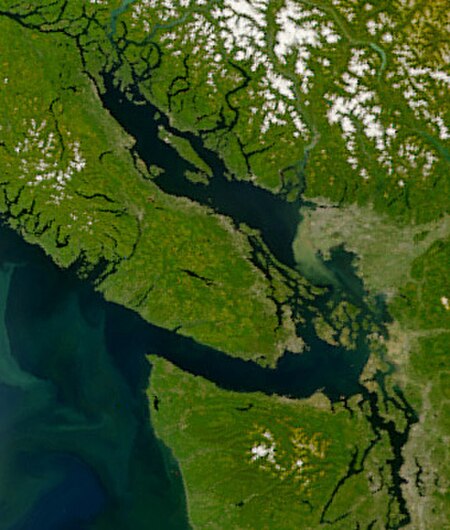
The Salish Sea ( SAY-lish) is a marginal sea of the Pacific Ocean located in the Canadian province of British Columbia and the U.S. state of Washington. It includes the Strait of Georgia, the Strait of Juan de Fuca, Puget Sound, and an intricate network of connecting channels and adjoining waterways. The sea stretches from the channels of the Discovery Islands north of the Strait of Georgia to Budd Inlet at the south end of Puget Sound. It is partially separated from the open Pacific Ocean by Vancouver Island and the Olympic Peninsula. Much of the coast is part of the Pacific Northwest megalopolis. The region is anchored by Metro Vancouver to the north, and Metro Seattle to the south. Other principal cities on the Salish Sea include Bellingham, Port Angeles, Port Townsend, Everett, Tacoma, Olympia, and Bremerton in Washington, and Victoria and Nanaimo in British Columbia. As of 2021, the region is home to 8.76 million people.
Excerpt from the Wikipedia article Salish Sea (License: CC BY-SA 3.0, Authors, Images).Salish Sea
Geographical coordinates (GPS) Address Nearby Places Show on map
Geographical coordinates (GPS)
| Latitude | Longitude |
|---|---|
| N 48.936666666667 ° | E -123.06111111111 ° |
Address
Whatcom County (Xwotqwem)
Washington, United States
Open on Google Maps


